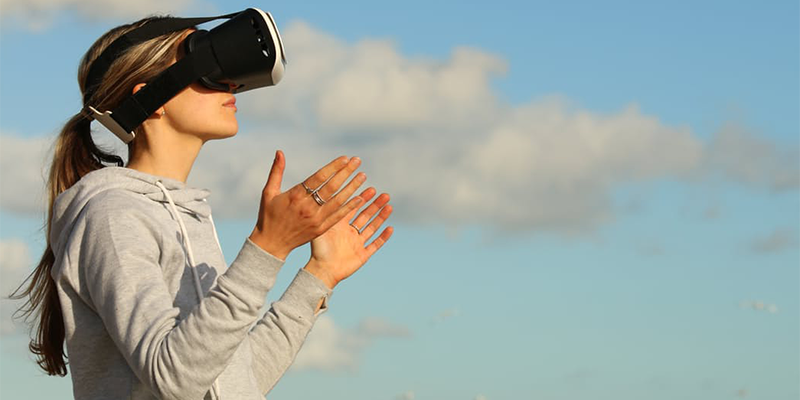Beyond games intended for young men, new data shows which VR applications interest women and older Americans most
The first wave of YouGov’s Virtual Reality Syndicated Tracking Study made quite the splash, projecting that ownership of VR hardware amongst US adults would double from 6% to 12% over the recent holiday season alone. Additional research revealed that, if just half of consumers intending to buy a VR device sometime in the future make a purchase later this year, the VR industry could see revenues reach an estimated $6.7 billion in 2017.
The survey of nearly 3,000 US adults made another aspect of the emerging VR world rather clear: virtual reality, with all its promise and potential, will not be limited to young male gaming aficionados. Women and older Americans, for example, also show strong curiosity in the technology's many possibilities, along with a willingness to buy the latest equipment, from a VR headset to a VR-enabled Sony PS4 gaming console.
Everyone wants good VR games — no question about that. But beyond this much-anticipated application, women are more likely than men to express interest in using VR for health and fitness (26% to 17%), shopping (22% to 14%), and social media (16% to 14%). Around a quarter of both genders are drawn to the idea of taking virtual tours of homes, apartments, or hotel rooms.
Meanwhile, a significant percentage of consumers aged 45-64 show interest in using VR to watch films or TV shows (26%) and for training or simulation purposes (22%). Members of the 45-64 cohort are also slightly more likely than all other age groups to indicate interest in using VR to monitor or move through a physical location.
All this should be a call for application developers to reach further than just games. And this call could not come at a better time.
At present, the world of virtual reality is trapped in a vicious chicken-and-egg situation. On one hand, developers are unwilling to invest the large sums needed to produce high-quality VR games until the user base grows. On the other, potential users are reluctant to spend the money necessary to create a high-quality VR environment in their home until there are applications that justify the cost. Until this stalemate changes, application developers have a real opportunity to bring non-gaming activities (which are less expensive to produce) to the marketplace — a marketplace that's eagerly awaiting these very activities.
The second wave of YouGov’s Virtual Reality Syndicated Tracking Study should arrive soon. We are currently re-contacting past participants to see if they followed through on their intention to purchase VR hardware and applications. Additional questions will explore price sensitivity, present perceptions, future intentions, and satisfaction with products that consumers already own. Another area of interest involves the migration from mobile VR headsets to those tethered to a computer or gaming console.
No one interested in VR can afford to miss out on the insights provided by YouGov's Virtual Reality Syndicated Tracking Study. For more information, please contact Tom Fuller, at Tom.Fuller@YouGov.com.










